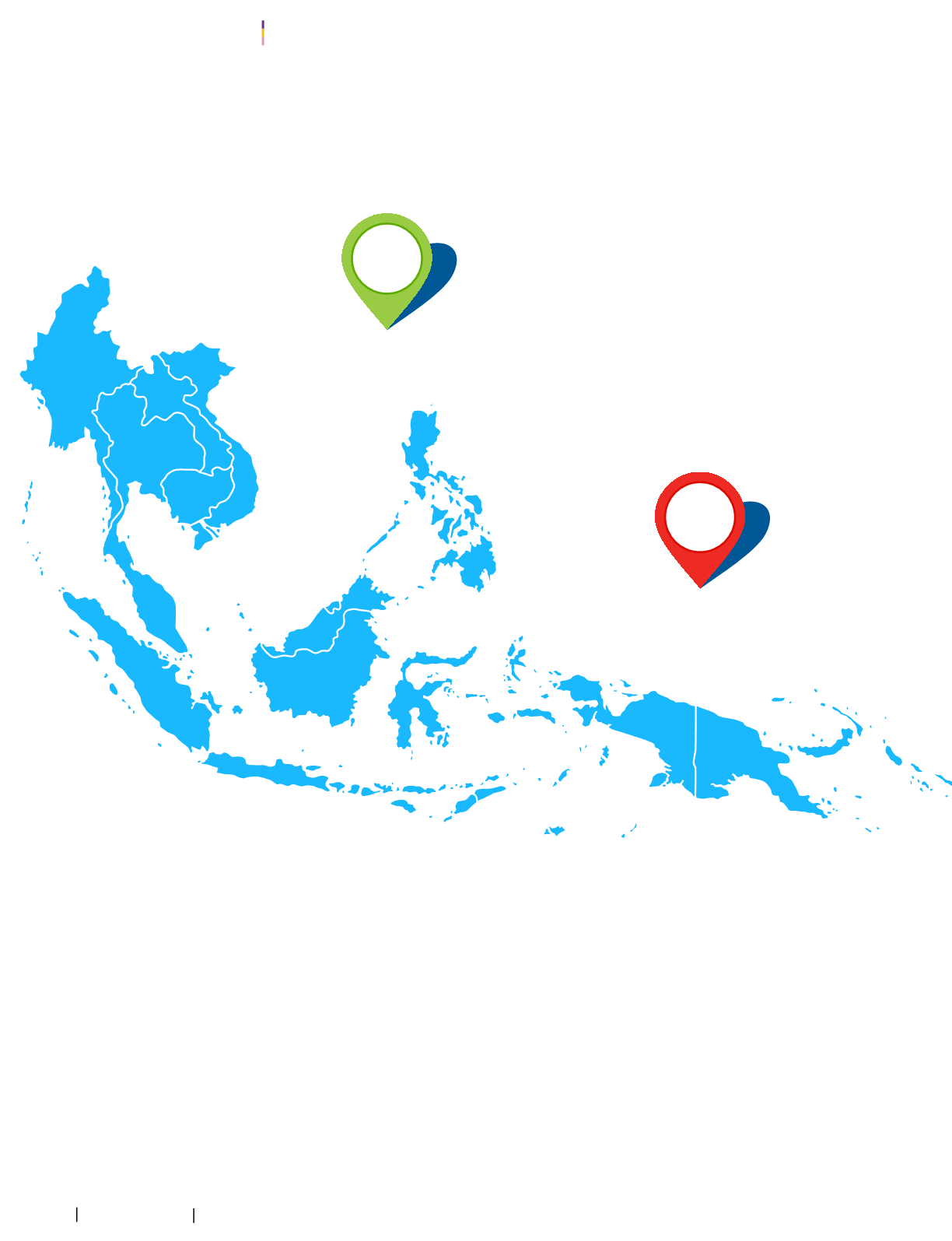
70
SEP 2017
FOOD FOCUSTHAILAND
SEE THROUGH
MARKET
Thisbegs thequestion–how longcan theenvironmentandeconomy
holdout tomeetourneeds? Inorder tosustainablymeet thesechallenges,
foodproducersaround theworldand in the regionwouldhave to improve
physical infrastructures, leverage technologies and upgrade farming
techniques which are not only time-consuming but potentially costly as
well. Yet without it, the future of our food security would be further
threatened.
HowareevolvingpatternsofF&Bconsumptionputting
strainson the environment?
Southeast Asia is increasingly being acknowledged as one of themost
successful and economic super-region in theworld.Aswe continue our
In a recent article released by theWorld Economic Forum onASEAN, Southeast Asia, home tomore than 600million people, is
expected to see fooddemand increaseby asmuchas 40%by 2050, increasing the region’s exports by 15%and creatingup to4.5
million new agriculture jobs by 2025. While this brings numerous short-term benefits to the region’s developing economies, it will
undeniably place heavy strains on theenvironment and the regional food supply system.
SoutheastAsia’sF&B Industry
rapid expansion into the next five years, a huge middle class will
emerge –more than double in size to exceed 400million by 2020.
TheEconomic Development Board of Singapore forecasts that this
demographicwill make up 60%of the region’s population.
The expected boom of the middle class will be fuelled by the
millennialgenerationwhocurrentlyaccount forone in fourofSoutheast
Asia’s keymarkets’ population.As they come of age, theywill enjoy
higher levels of disposable income and develop a different taste
palette frompreviousgenerations.Thiswill thenundoubtedlydictate
and alter demand and supply patterns.
Data from BMI Research shows that consumption among
SoutheastAsians in twomain foodgroups areexpected to increase
Thriving?
Dying?
OR


